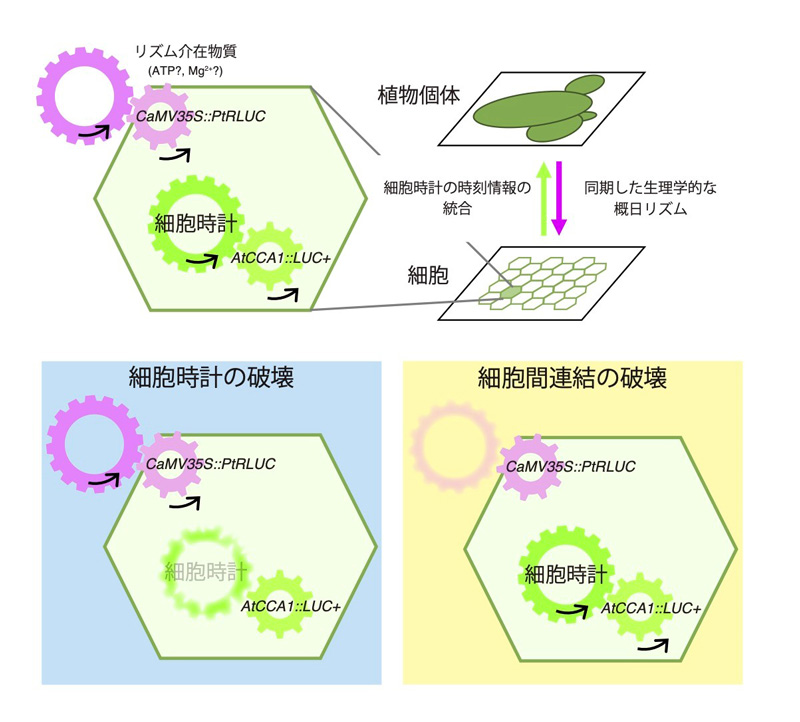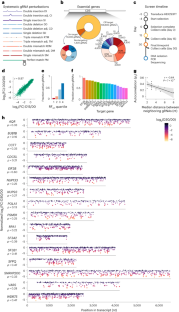2023-07-04 スイス連邦工科大学ローザンヌ校(EPFL)
 The gut commensals Bacteroides thetaiotaomicron and B. fragilis form biofilms in crypt-like features. Credit: Jeremy Wong (EPFL)
The gut commensals Bacteroides thetaiotaomicron and B. fragilis form biofilms in crypt-like features. Credit: Jeremy Wong (EPFL)
◆この研究は、腸内細菌叢の形成において化学だけでなく物理的な要素も考慮する重要性を示し、健康な腸内細菌叢の促進や細菌叢に関連する疾患の予防や治療に新たなアプローチを開く可能性があることを示しています。
<関連情報>
- https://actu.epfl.ch/news/flowing-fluids-shape-the-social-life-of-gut-microb/
- https://www.pnas.org/doi/10.1073/pnas.2217577120
体液の流れは、公共財を分配することによって腸内細菌叢のバイオフィルム・コミュニティを構造化する Fluid flow structures gut microbiota biofilm communities by distributing public goods
Jeremy P. H. Wong, Michaela Fischer-Stettler, Samuel C. Zeeman, Tom J. Battin, and Alexandre Persat
Proceedings of the National Academy of Sciences Published:June 12, 2023
DOI:https://doi.org/10.1073/pnas.2217577120
Significance
The gut microbiota plays crucial roles in host health, from metabolism to immunity. To colonize the gastrointestinal tract, commensals must maintain stability against chemical and physical factors such as flow. How these factors define the composition and organization of gut communities is unclear. To resolve the coupling between flow and social interaction in microbiota communities, we leveraged anaerobic microfluidics. We used Bacteroides thetaiotaomicron and Bacteroides fragilis, two of the most abundant commensals in the human bowel. We demonstrated that they form biofilms and engage in metabolite sharing. Fluid flow impacts the spatial organization and composition of this community by shaping gradients of nutrients. Our results show that physical factors can have dramatic impacts on microbiota composition and potentially on health.
Abstract
Bacterial gut commensals experience a biologically and physically complex mucosal environment. While many chemical factors mediate the composition and structure of these microbial communities, less is known about the role of mechanics. Here, we demonstrate that fluid flow impacts the spatial organization and composition of gut biofilm communities by shaping how different species interact metabolically. We first demonstrate that a model community composed of Bacteroides thetaiotaomicron (Bt) and Bacteroides fragilis (Bf), two representative human commensals, can form robust biofilms in flow. We identified dextran as a polysaccharide readily metabolized by Bt but not Bf, but whose fermentation generates a public good enabling Bf growth. By combining simulations with experiments, we demonstrate that in flow, Bt biofilms share dextran metabolic by-products, promoting Bf biofilm formation. By transporting this public good, flow structures the spatial organization of the community, positioning the Bf population downstream from Bt. We show that sufficiently strong flows abolish Bf biofilm formation by limiting the effective public good concentration at the surface. Physical factors such as flow may therefore contribute to the composition of intestinal microbial communities, potentially impacting host health.


